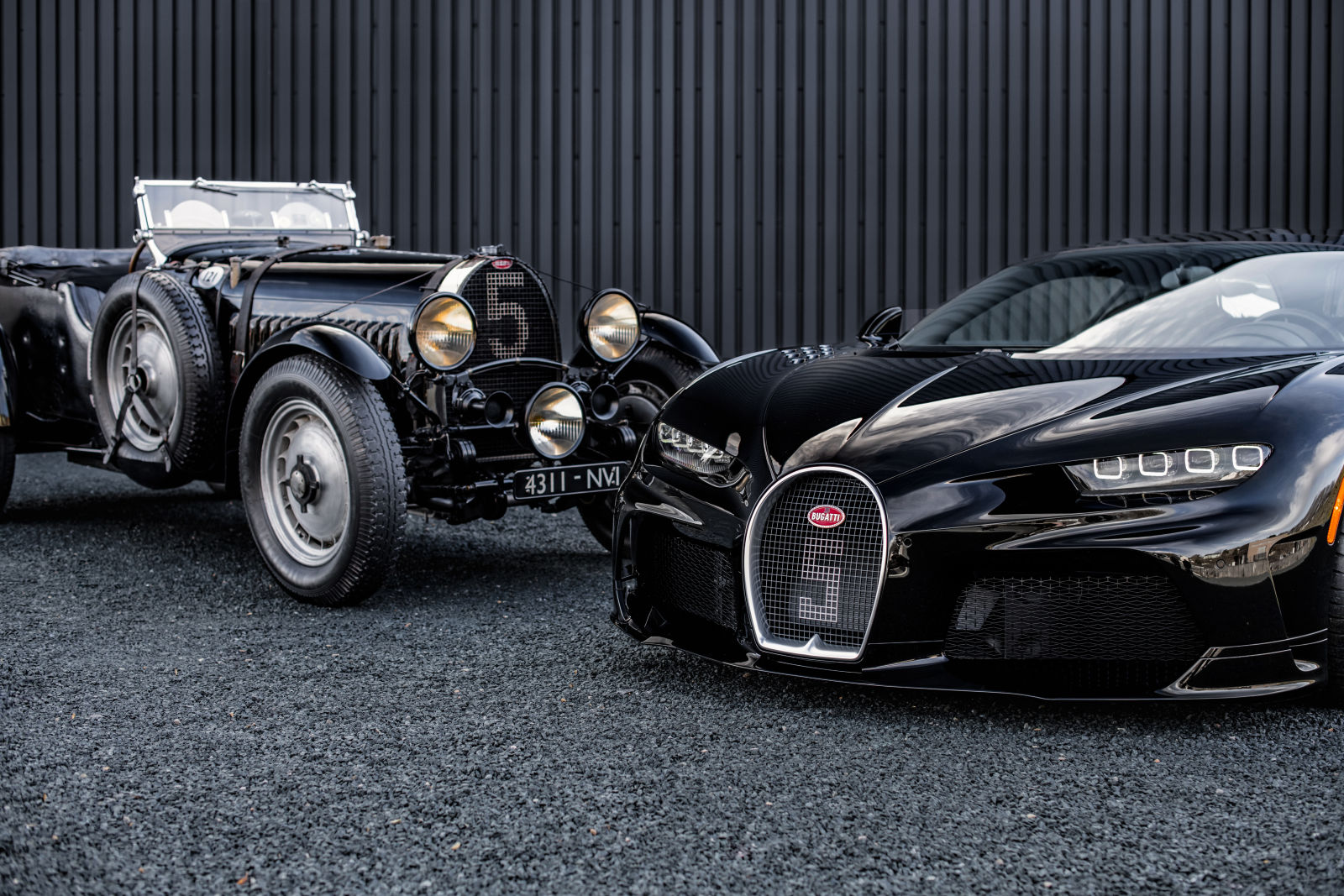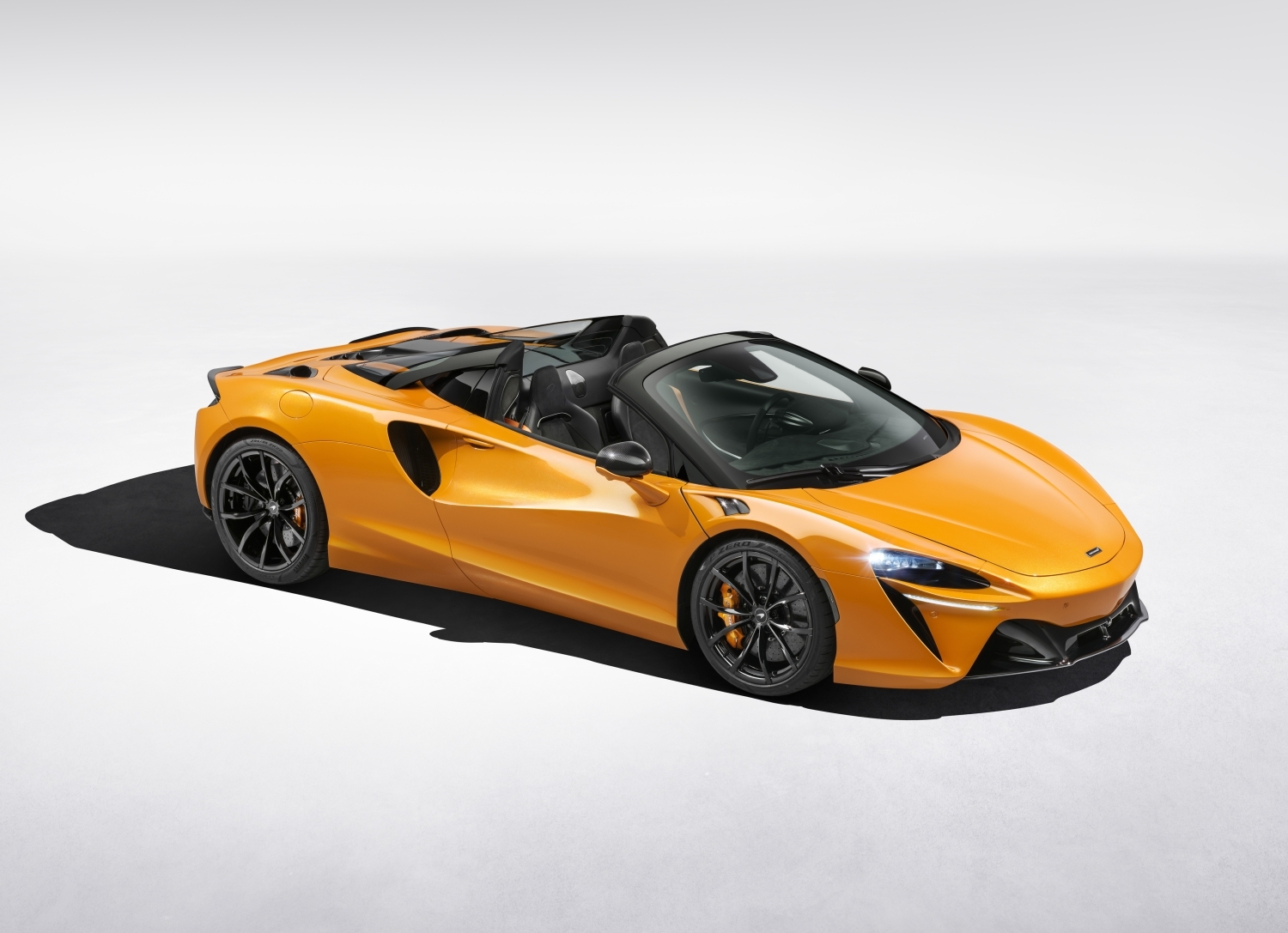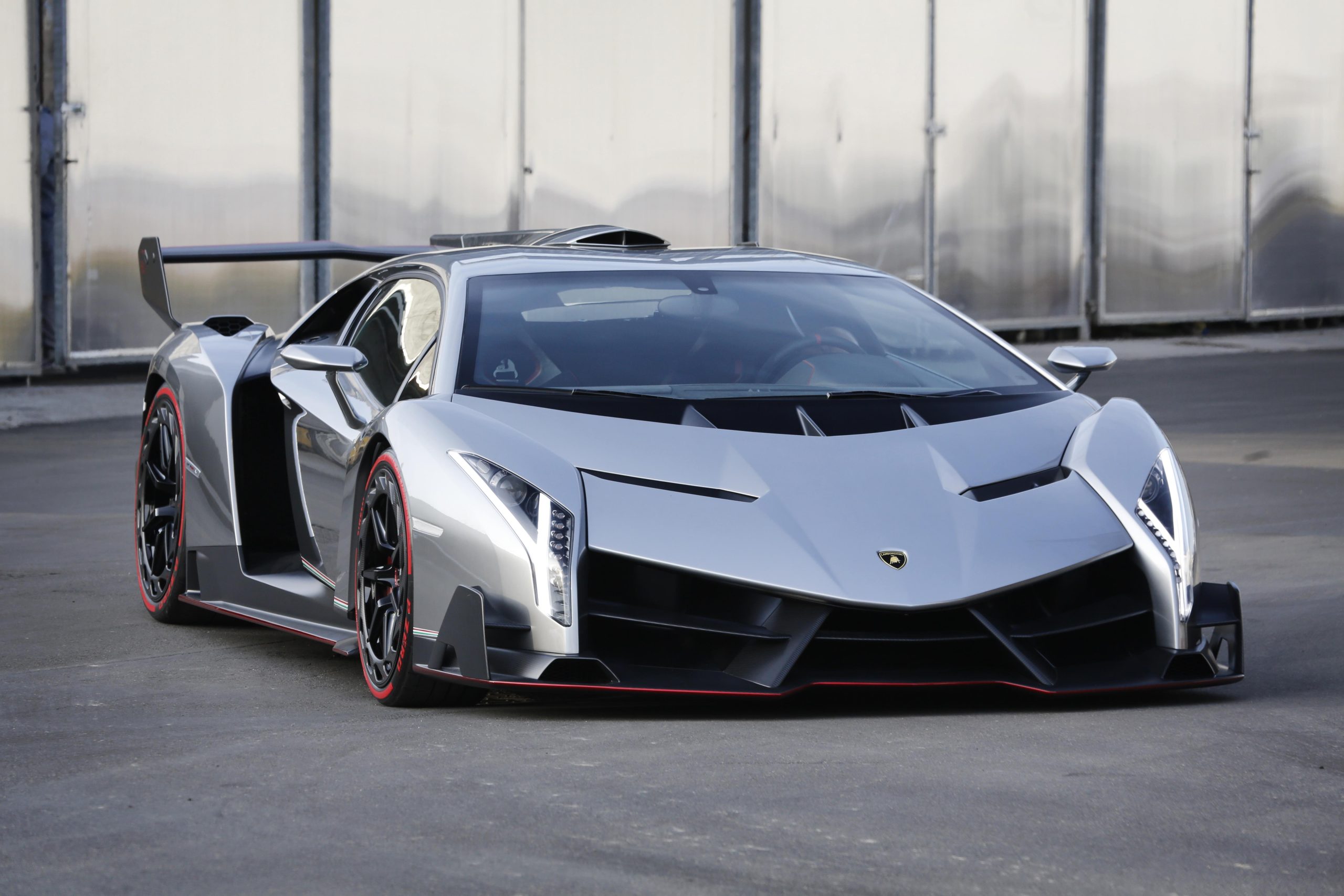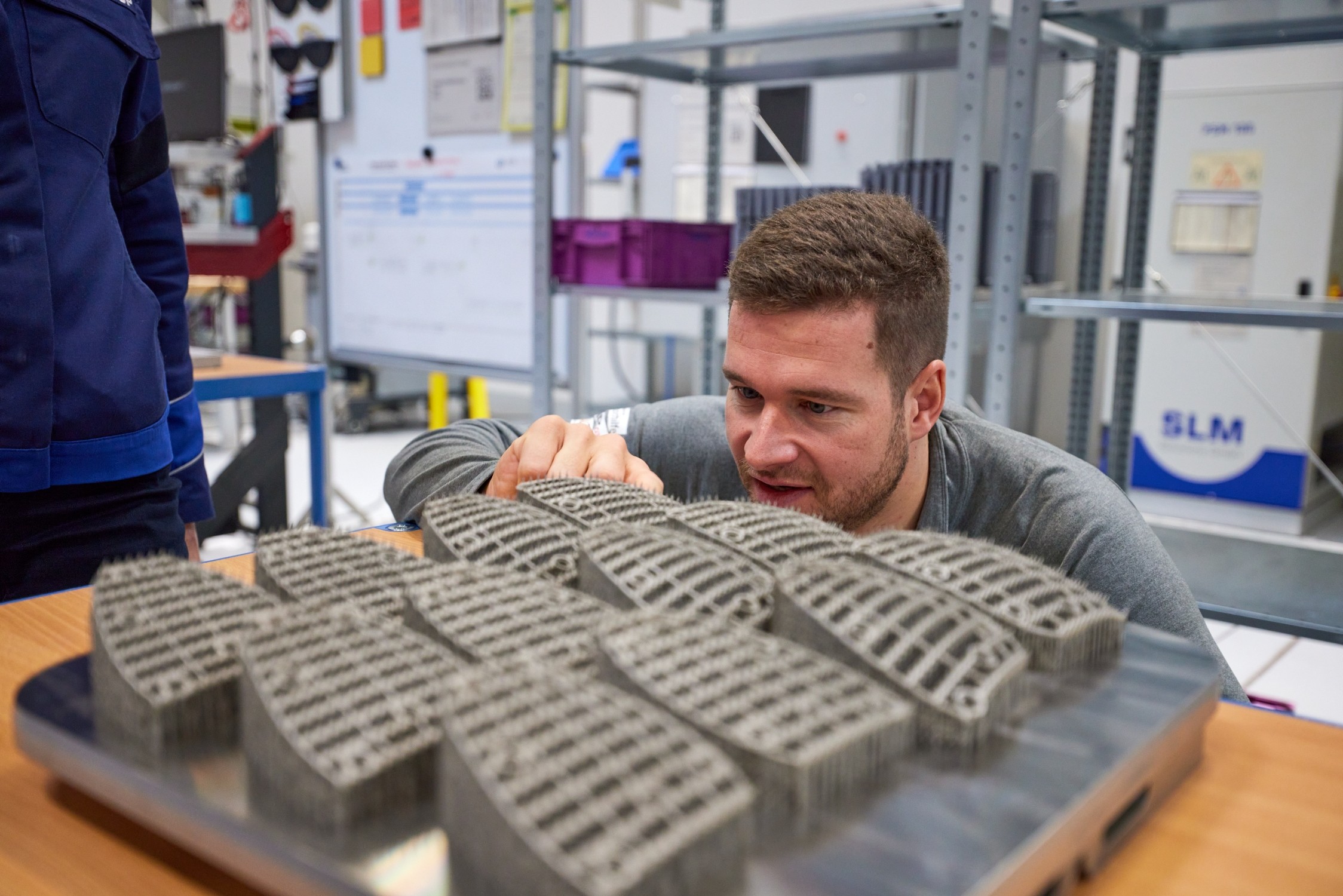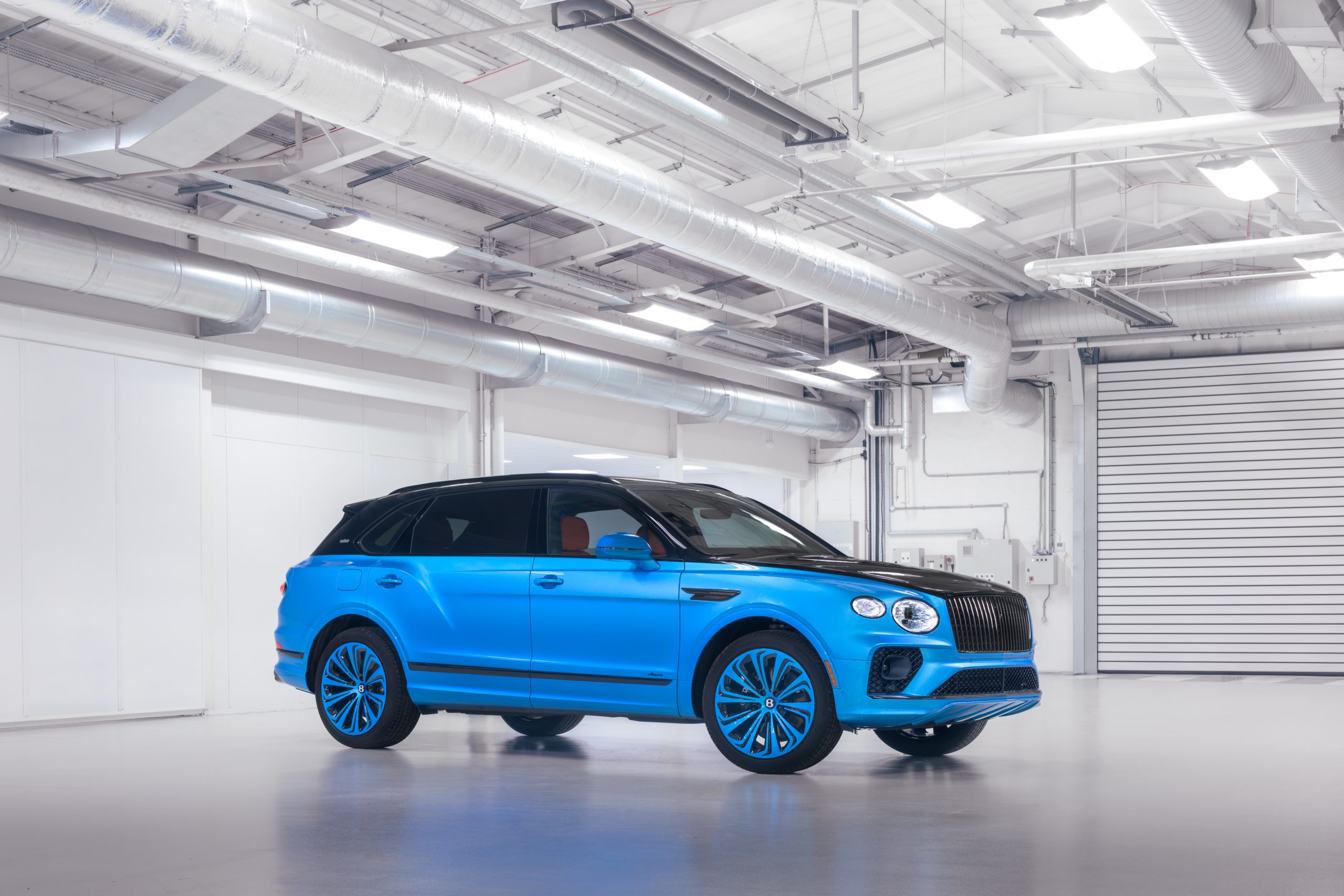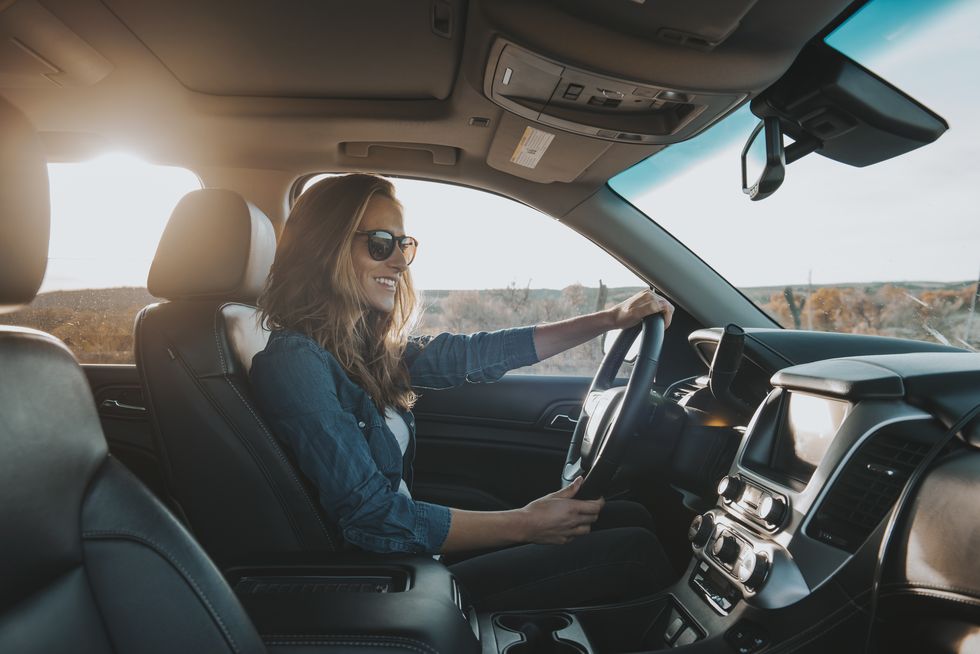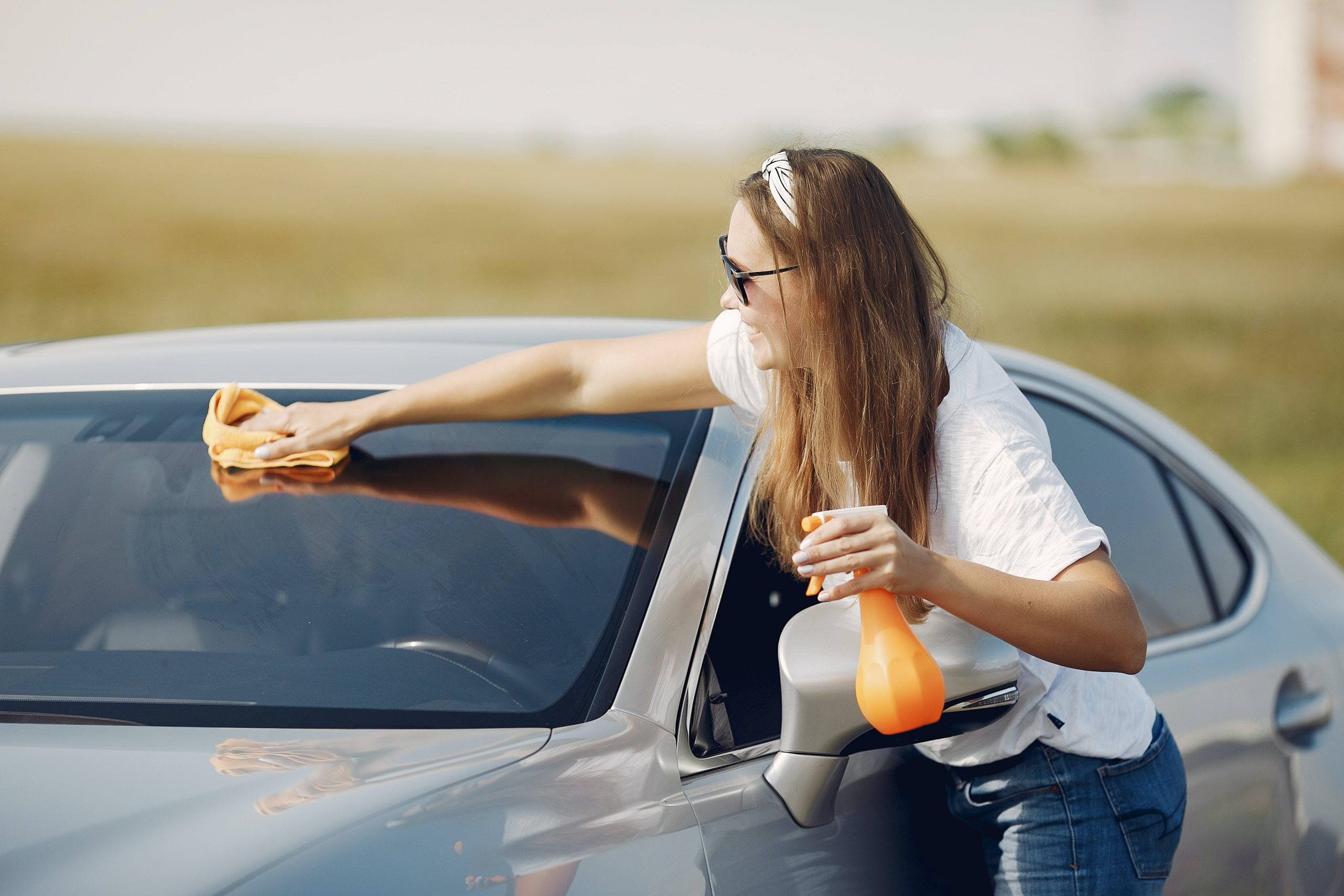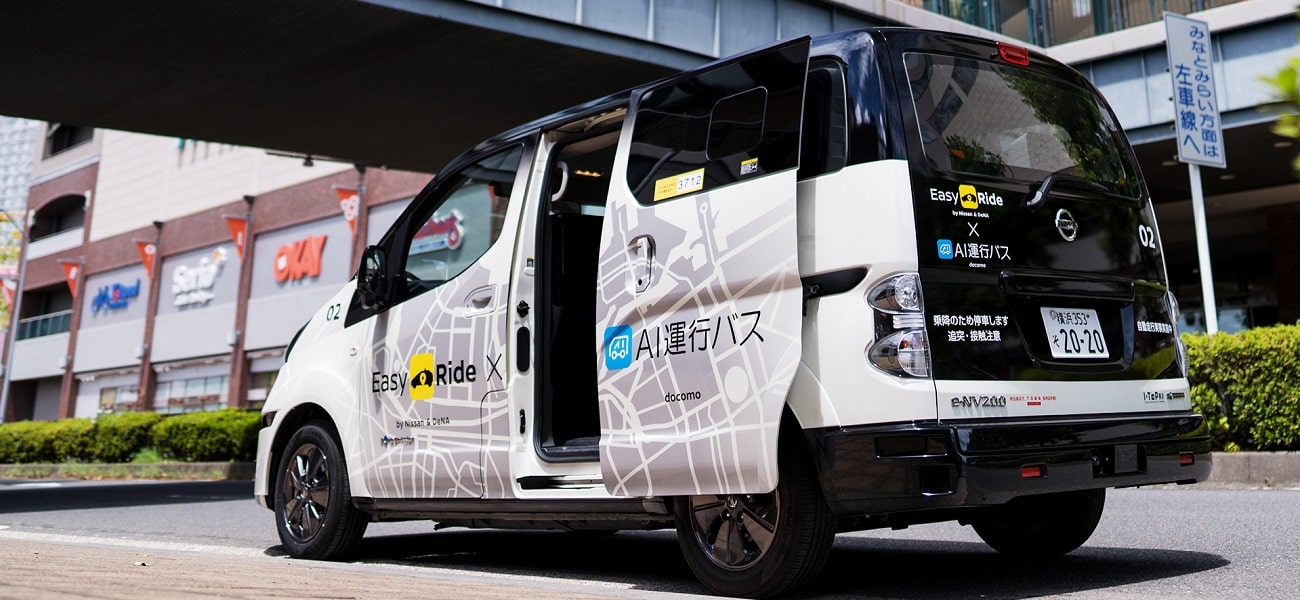How to Stop Birds from Pooping on My Car: Effective Strategies and Tips
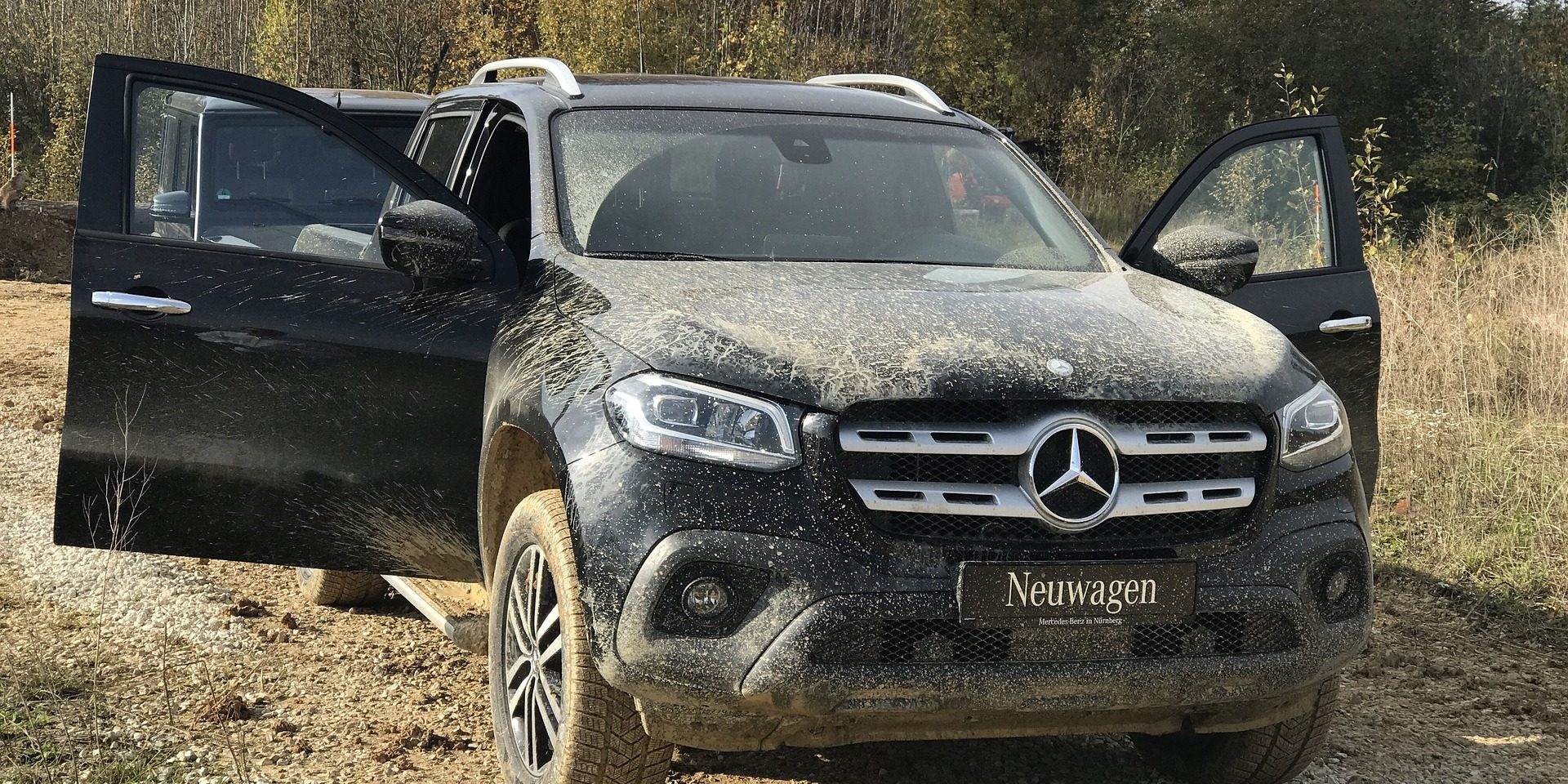
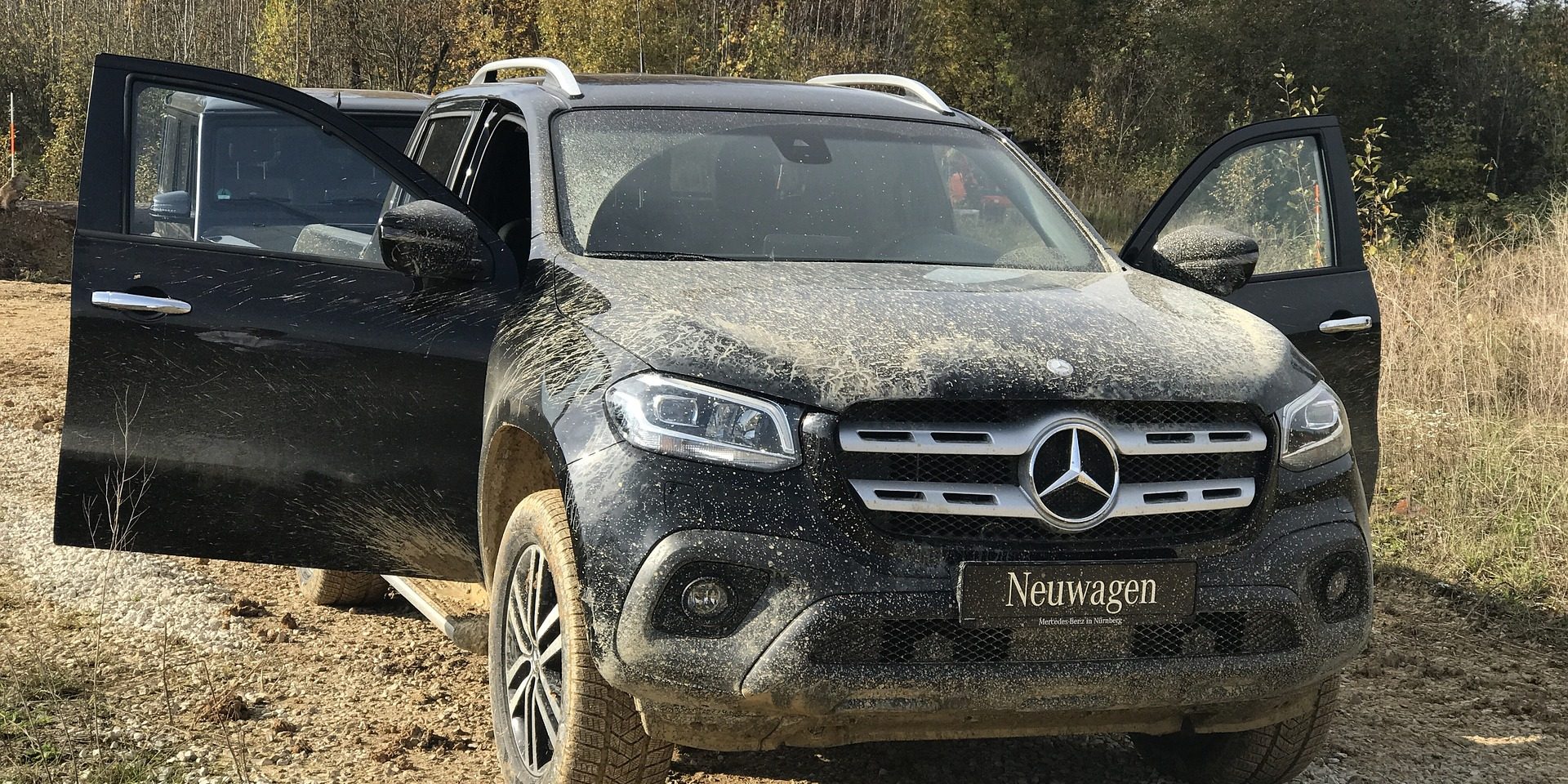
Contents
Bird droppings on cars are a common nuisance for many car owners, leading to frustration and potential damage to the vehicle’s paintwork. The acidic nature of bird poop can corrode the car’s exterior and compromise the aesthetic appeal. Understanding why birds are attracted to your vehicle and taking the appropriate measures to deter them is essential in maintaining the car’s appearance and integrity.
While finding a definitive solution to prevent birds from targeting your car may seem daunting, adopting a strategic approach can make a significant difference. Implementing practical deterrents, using repellents, and altering where and how you park are key steps in mitigating this pesky problem. Regular car care, including prompt cleaning and protective measures, also plays a crucial role in minimizing the impact of bird droppings on your vehicle.
Key Takeaways
- Employing deterrents and repellents can help discourage birds from perching on and soiling your car.
- Strategic parking and understanding bird attraction to cars can reduce the likelihood of bird droppings.
- Regular cleaning and car maintenance are essential to protect the vehicle’s paint from damage caused by bird poop.
Understanding Bird Behavior and Attraction to Cars
To mitigate the issue of bird droppings on vehicles, it’s important to understand the habits of different bird species and the reasons why birds might be attracted to cars.
Bird Species and Their Habits
Bird species such as passerines are often observed perching on elevated structures, including trees, electric wires, and posts, from where they can survey their surroundings and look out for potential threats or food sources. These species have a fast metabolism and the urban landscape provides them with abundant perching options. It’s these habitual perches that inadvertently lead them to position themselves above cars.
- Perching Species: Passerines are accustomed to resting on high vantage points.
- Metabolism: Fast metabolism in many birds results in frequent excretion, translating to more bird poop.
Reasons Behind Birds Targeting Cars
Birds do not deliberately target cars with their droppings; however, cars parked beneath their perching sites, such as under trees or near electric wires, are more likely to get hit simply due to their proximity. Additionally, the reflection and color of cars can attract birds. Lighter-colored cars may resemble their natural perches or attract birds because of their visibility.
- Parking Location: Vehicles under trees or close to electric wires are at risk.
- Car Color: Light colors may attract birds due to similarity to natural perches or heightened visibility.
Preventive Measures to Protect Your Car
Vehicle owners can take several hands-on approaches to minimize the chances of avian interference. Effective parking strategies coupled with the use of physical deterrents can offer a first line of defense against birds targeting the car as a resting or pooping spot.
Strategies for Parking and Car Placement
Do not park under trees: Trees are prevalent roosting spots for birds and provide them with a natural habitat to rest or feed. A car parked underneath is likely to suffer from droppings. Instead, opt for a parking space that’s away from trees.
- Park in a Garage: If available, always choose to park the vehicle inside a garage. This ensures complete protection from birds, as well as other elements like weather.
- Strategic Parking:
- Observe bird activity patterns in the area and choose a parking space with minimal avian presence.
- Consider open, unobstructed areas for parking since these are less attractive to birds.
Using Physical Deterrents Effectively
Car Covers: Investing in quality car covers can provide an immediate protective layer between the car paint and birds. A good car cover not only shields from droppings but also from dust and sun exposure.
- Bird Repellent Devices:
- Reflective tapes, CDs, or specific deterrents placed around the car can dissuade birds from approaching.
- Installing wind chimes near the parked car may also be useful due to their motion and sound.
- Make Use of Distraction: Decoy predators or strategically placed rubber snakes create the illusion of danger, naturally keeping birds at bay.
By thoughtfully selecting parking spaces and employing proactive deterrent measures, one can significantly reduce the risk of birds soiling a car’s exterior.
Deterrents and Repellents to Keep Birds Away
When trying to prevent birds from landing on and around your vehicle, one can employ various visual and auditory deterrents as well as physical and chemical repellents. These methods are designed to either scare away birds or make the environment uncomfortable for them to deter unsightly droppings on your car.
Visual and Auditory Deterrents
Visual deterrents can be highly effective in deterring birds. Bright, reflective objects such as CDs, reflective tape, and aluminum foil can be hung near the car to create an unfriendly visual environment for birds. The light reflections disorient and discourage them from approaching the area. Predator decoys, such as fake owls, and bird scaring kites resembling predatory birds can also create a sense of danger for smaller birds.:
- Use mirrors or reflective surfaces like CDs or reflective tape.
- Decoys like fake owls or hawks mimic the presence of predators.
- Wind chimes and reflective pinwheels create movement and noise.
Auditory deterrents include devices like ultrasonic repellers and wind chimes that emit sounds unpleasant to birds but are often imperceptible to humans. Additionally, recorded distress calls from bird species can be played to scare away birds from the area.
- Install wind chimes to produce sound that birds avoid.
- Implement devices that play predator or distress sounds.
Physical and Chemical Repellents
Physical repellents include the use of spikes on parking surfaces to prevent birds from landing. The installation of bird netting can also provide a barrier. Similarly, the placement of a motion-activated sprinkler nearby can startle birds when they come close to your vehicle.
- Apply non-toxic bird repellents to surfaces where birds perch.
- Install spikes or bird netting to physically block birds.
Chemical repellents could involve non-toxic sprays that are usually applied to the perching surfaces. These can create an unpleasant environment for birds without causing them harm. Homemade sprays might include ingredients like chili peppers, which need to be reapplied periodically, especially after rain.
- Utilize non-toxic chemical repellents that can be applied to surrounding areas.
- Consider natural deterrents like a homemade chili pepper spray to repel birds.
Car Care and Cleaning Tips
Maintaining the appearance of a car involves prompt removal of bird droppings and consistent upkeep to preserve the vehicle’s finish. Proper techniques and regular maintenance can prevent long-term damage.
Immediate Cleaning Techniques
When bird droppings are noticed, they should be cleaned as soon as possible to prevent the uric acid in the droppings from etching the car’s finish. A responsible car owner should use the following steps:
- Preparation: Gather a bucket of soapy water, a sponge, and a microfiber towel.
- Loosening Droppings: Soak the droppings with water to loosen them. If necessary, create a cleaning paste with baking soda and water which can help neutralize uric acid without scratching the car’s surface.
- Gentle Cleaning: Apply the paste using a sponge and gently rub the affected area.
- Rinse and Dry: Thoroughly rinse with a water source and dry the area with a microfiber towel to prevent water spots.
For stubborn droppings, a product like WD-40 can be lightly sprayed onto the spot and left for a few minutes before cleaning.
Long-Term Car Maintenance
Regular attention to car cleaning and protective measures will keep the paint in top condition and reduce the risk of damage from bird droppings:
- Frequent Washing: Schedule regular car washes to ensure bird droppings don’t sit for long periods and etch into the paint.
- Waxing: Apply a coat of wax after washing to add a protective barrier against droppings and the elements.
- Parking Habits: Whenever possible, park under cover to reduce the likelihood of bird droppings.
Alternative Solutions and Considerations
When attempting to prevent birds from using vehicles as their targets, one must consider employing innovative technologies and making environmental adjustments to deter the avian culprits. These interventions focus not only on immediate deterrence but also on long-term strategies to reduce avian affinity for automobiles.
Innovative Technologies
The use of electric wires and bird spikes can create an unwelcoming landing for birds on cars and the immediate surroundings.
- Electric Wires: Installing a mild electric shock system on areas where birds perch can discourage them from landing. These should be used carefully to avoid harm to the birds.
- Bird Spikes: Placing bird spikes on carports and around parking areas can prevent birds from settling on surfaces near the vehicle.
Such technologies offer a humane approach to keep birds at bay without causing them serious harm. Additionally, these solutions can be visually unobtrusive, integrating well with the environment.
Natural Predators and Environmental Adjustments
Implementing environmental adjustments can reduce the attractiveness of the area around a car for birds.
- Natural Predators: The presence of decoys that resemble birds of prey, such as owls or hawks, can effectively scare away smaller birds.
- Environmental Adjustments:
- Carport: Parking under a carport can shield the vehicle from birds flying overhead.
- Cats and Dogs: The presence of pets, like cats and dogs, can act as a deterrent for birds.
- Side Mirrors: Covering and protecting side mirrors with specific covers can prevent birds from interacting with their reflections.
Additionally, one should consider removing attractants such as bird baths and bird feeders from the vicinity of the car, especially the front lawn, to discourage birds from gathering in those areas. Covering the car with a breathable car cover can also provide an effective barrier between the paint and potential droppings.
By employing these technologies and making thoughtful adjustments to the vehicle’s environment, one can greatly reduce the chances of birds using the car as a site for droppings.
Frequently Asked Questions
Bird droppings on cars can be more than just unsightly—they can damage the paint. The following FAQs offer specific strategies to mitigate this common issue car owners face.
How can I deter birds from defecating on my car?
One can deter birds by using deterrents such as reflective objects, installing bird spikes, or bird-repellent sprays. Parking in a garage or using car covers also provides a physical barrier against birds.
What methods can prevent birds from perching and pooping near my car windows?
Employ visual deterrents like shiny decals or objects that move in the wind near car windows. Electronic bird repellents can also make the area less appealing to birds.
What are effective ways to keep birds from using my garden as a bathroom?
Use garden nets, bird scare rods, or ultrasonic bird repellers. Incorporating plants that are not bird-friendly can also reduce their garden visits.
How can I protect my fence from bird droppings?
Install bird spikes or apply non-toxic, sticky bird repellent gels on the fence. Hanging reflective tape or objects can also discourage birds from landing on the fence.
Which techniques will prevent birds from soiling my mailbox with droppings?
Place bird-repelling objects near the mailbox, such as pinwheels or reflective tapes. Avoid placing food sources near mailboxes that can attract birds.
In what ways can I clean and treat my car’s surface after it has been affected by bird droppings?
Clean the droppings promptly with a car-specific cleaning solution and a microfiber cloth to avoid paint damage. Apply a protective wax or sealant to the car’s surface to make future cleanings easier.

